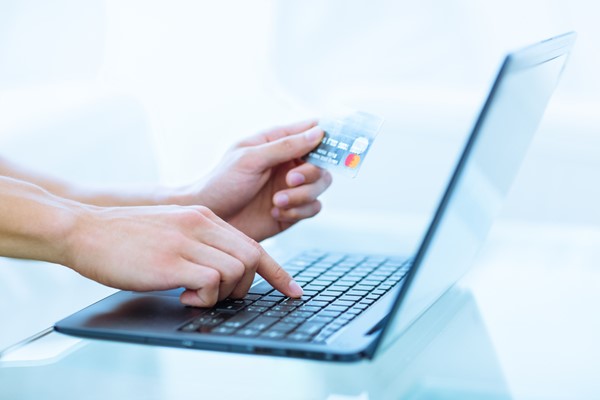
Life can get so busy that no matter what you do, you can’t seem to keep up. Between work, school, the kids’ sports, and activities, and a little bit of fun, those housekeeping and personal finance chores can slip past. Soon, you find yourself trying to catch up because a bill got missed or an undone task turned into a complicated maintenance issue.The solution? Or, at least a partial answer: bring on the automation.
Things to automate
Regular monthly bills: Take a single day and set up all your regular incoming bills for automation. Go online to each vendor and set up their free auto-withdrawal from your account. You can do this for your cellphone bill, your cable or satellite bill, your Internet bill, auto insurance, electric and gas bills, water and trash, car payments, homeowners or rental insurance, association dues, health and fitness club dues, school bills, and any other bill you have with an automated withdrawal option. You can set these up to go from a single credit card that you “pre-fund” (see below) so that you don’t have to worry about having enough money in your checking account. You can also set this up from a secondary checking account.
It’s vital that these automated payments do not pull from the same account that you use for incidentals. The last thing that you need is to overdraw or overdraft an account and then have your automated payments bounce.
Now, list all the remaining monthly outgo. This list includes things like rent or your mortgage payment, loans, credit card bills, and anything else that you can’t automate through its own system. For these bills, go into your account and set up Bill Pay. The way that most bill pay systems work is that they can send electronic payments to specific companies, so always use the electronic version if it’s available.
If no electronic link is available for the payment you need to make—if your bill is from a small, local company, for example—then set up a bill pay check delivery. It is important to note the due dates for check delivery and arrange your payments to be early just in case there is a postal delay.
Protect your arrangements
Once you have this setup, create a separate account for your “spending” money. This is the account that will have your grocery, gas (unless you pay by card), eating out, entertainment, and other casual spending money.
Set up your bank to text you anytime money leaves this account, and to send you your balance once a week (or daily if you spend from it often). That way, you’ll always know if you can afford that latte or nightcap.
If you’re saving to buy a home, make sure to keep those savings in a separate account and automate the transfer from your incoming paycheck into that account too. If you need help knowing how much you need to save up, talk to a real estate professional in the area where you want to buy.